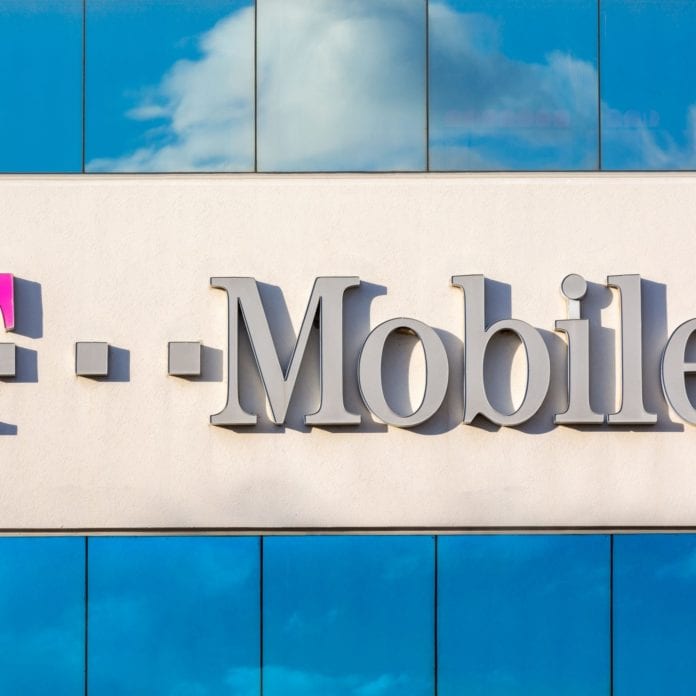T-Mobile US emphasizes IoT as key 5G use case
T-Mobile US made a splash earlier this year announcing it would deploy a mobile “nationwide 5G” network–as opposed to 5G fixed wireless access, which Verizon and AT&T are focused on–following its $8 billion acquisition of nationwide 600 MHz spectrum licenses during the Federal Communication Commission’s incentive auction. This week during the Oppenheimer Technology, Internet and Communications Conference, Vice President of Investor Relations Nils Paellmann added some color to how the self-billed “Un-carrier” regards 5G.
Asked by Oppenheimer Managing Director Tim Horan–himself a T-Mobile customer–how the operator thinks of mobile 5G, Paellmann said, “It means very low latency. It means higher efficiency. It means better battery life. It means the ability to accommodate potentially millions of connected devices. Those are some of the things.”
According to an Aug. 4 “ex parte notice” to the Federal Communications Commission, T-Mobile US is looking to “rapidly deploy” the 600 MHz spectrum, which comprises 1,525 10-megahertz licenses covering 414 of the 428 partial economic areas covered in the auction. The carrier said it won 45% of the spectrum sold with an average depth of 31 megahertz and at least 10 megahertz covering all of the U.S. and Puerto Rico. The FCC set a 39-month timeline for television broadcasters to clear their operations from the 600 MHz spectrum band, which would put full spectrum availability into early 2020, or about the time most expect commercial 5G services to be coming on air.
“We’re starting this August,” with the 600 MHz build out, Paellmann said, noting he expects compatible Samsung and LG handsets to be available by the holiday season. “We are not going to wait 39 months. We are going to roll out much sooner. We are working with many of the broadcasters to relocate the spectrum. By 2020 it should be nearly rolled out.”
Back to the 5G/IoT angle, “We can basically use our roll out of the 600 with LTE to also lay the foundation of future 5G. A lot of the radios…will be upgradable, through a software upgrade, to 5G. We are not really focused that much on the fixed opportunity,” Paellmann said. “We think the 600 [spectrum] could be very interesting for IoT applications. Clearly, for a lot of the IoT things you will need ubiquitous coverage. The high bandwidth spectrum, the millimeter wave that people talk about, will never give you the coverage. When we do 600, you won’t have necessarily the same speed you would have with millimeter wave…but I think it’s a slightly different use case. For a lot of IoT you don’t need the multi-gigabit speed, necessarily.”
That said, he added that T-Mobile is “very interested” in millimeter wave and 3.5 CBRS spectrum bands. “I think 3.5 has the potential to maybe become a major 5G band as well.”

